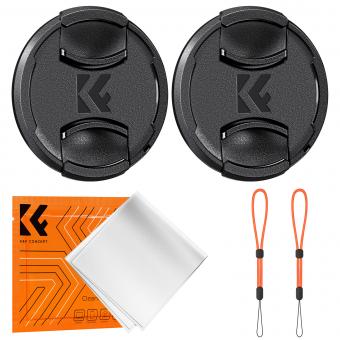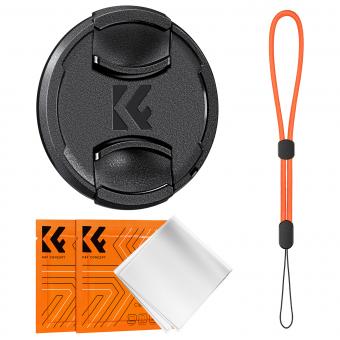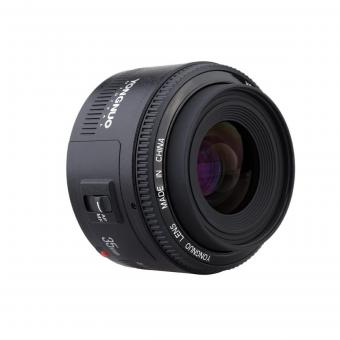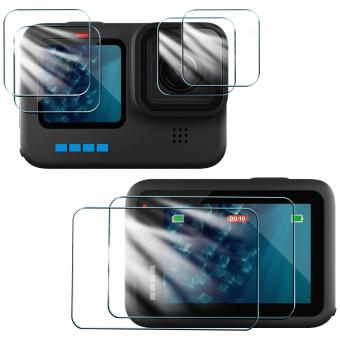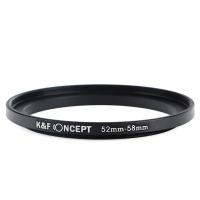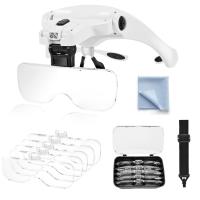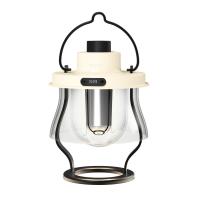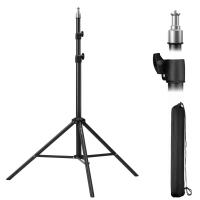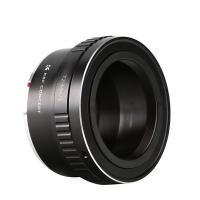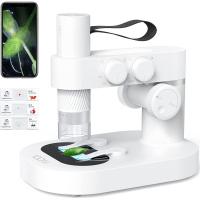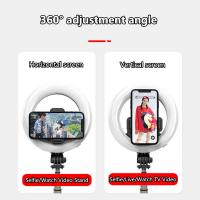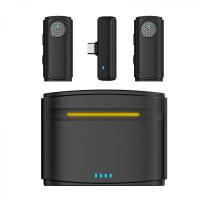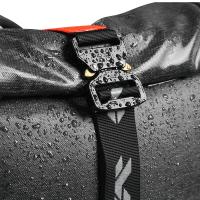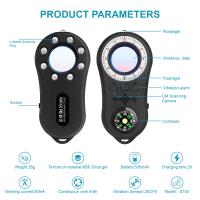Can Sunlight Damage Camera Lens?
In the realm of photography, the question of whether sunlight can damage a camera lens is a topic that often sparks debate among both amateur and professional photographers. Understanding the potential risks and preventive measures is crucial for anyone who values their photographic equipment. This article delves into the various aspects of sunlight exposure on camera lenses, providing a comprehensive guide to help photographers protect their gear and ensure longevity.
The Science Behind Sunlight and Camera Lenses
To comprehend the potential damage sunlight can inflict on a camera lens, it's essential to understand the properties of sunlight and the materials used in lens construction. Sunlight comprises a spectrum of electromagnetic radiation, including visible light, ultraviolet (UV) rays, and infrared (IR) rays. Camera lenses are typically made from optical glass or plastic, which are designed to focus light onto the camera sensor or film.
UV and IR Radiation
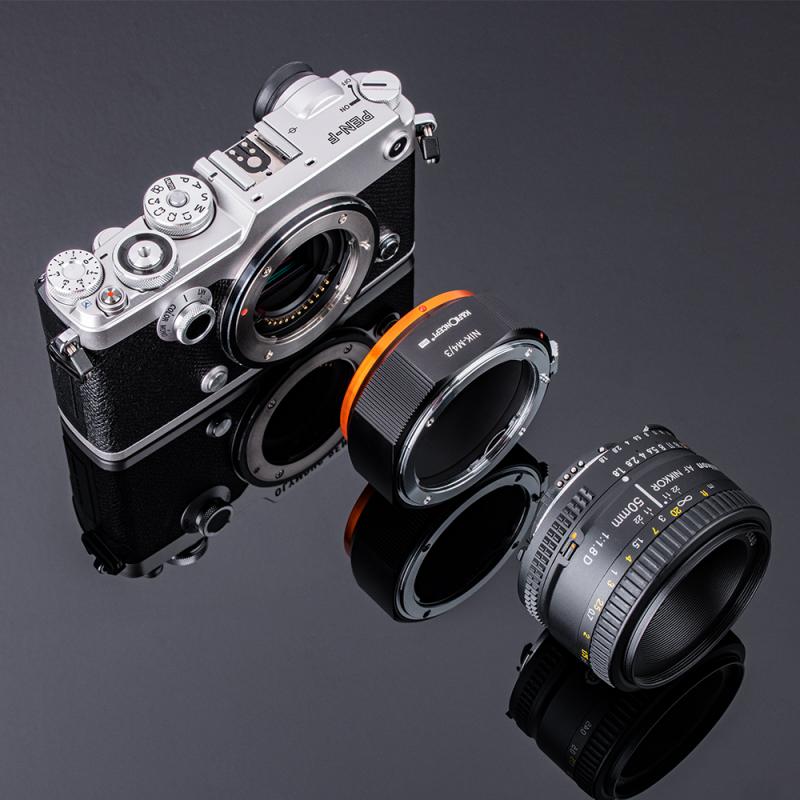
UV radiation is known for its high energy and potential to cause damage to various materials, including the coatings on camera lenses. Prolonged exposure to UV rays can degrade these coatings, leading to reduced image quality and increased susceptibility to scratches. IR radiation, while less energetic than UV, can also contribute to the heating of the lens elements, potentially causing thermal expansion and misalignment.
Potential Damage to Camera Lenses
1. Coating Degradation
Modern camera lenses are equipped with multiple coatings to enhance image quality by reducing reflections, glare, and chromatic aberrations. These coatings are often sensitive to prolonged exposure to UV radiation. Over time, UV exposure can cause these coatings to deteriorate, resulting in a loss of image sharpness and contrast.
2. Thermal Damage
Direct sunlight can cause significant heating of the lens elements, especially if the lens is left in a hot environment or pointed directly at the sun for extended periods. This thermal stress can lead to the expansion of lens elements, potentially causing them to shift out of alignment. Such misalignment can result in optical aberrations and a decrease in overall image quality.
3. Sensor Damage
While the lens itself may suffer from UV and thermal damage, the camera sensor is also at risk. Pointing a camera directly at the sun can focus intense light onto the sensor, potentially causing permanent damage. This is particularly true for mirrorless cameras and DSLRs in live view mode, where the sensor is exposed to light continuously.
Preventive Measures
Understanding the risks is the first step in protecting your camera lens from sunlight damage. Here are some practical measures to safeguard your equipment:
1. Use UV Filters
A UV filter is a simple and effective way to protect your lens from UV radiation. These filters are designed to block UV rays while allowing visible light to pass through, thereby preserving image quality. Additionally, a UV filter can act as a protective barrier against scratches and dust.
2. Avoid Direct Sunlight
Whenever possible, avoid pointing your camera directly at the sun. This not only reduces the risk of lens and sensor damage but also prevents potential harm to your eyes. If you need to capture images with the sun in the frame, consider using a lens hood to minimize direct exposure.
3. Store Your Equipment Properly
When not in use, store your camera and lenses in a cool, dry place away from direct sunlight. Using a camera bag or case with adequate padding and UV protection can further safeguard your equipment.
4. Use Lens Caps
Always use lens caps when your camera is not in use. Lens caps provide a physical barrier against dust, scratches, and UV radiation, ensuring that your lens remains in optimal condition.
5. Regular Maintenance
Regularly clean your lenses and inspect them for any signs of damage. If you notice any degradation in the lens coatings or other issues, consider seeking professional maintenance or repair services.
Practical Scenarios and Solutions
Scenario 1: Outdoor Photography
Outdoor photography often involves shooting in bright sunlight. To mitigate the risks, use a UV filter and lens hood. Additionally, try to shoot during the golden hours (early morning or late afternoon) when the sun's intensity is lower.
Scenario 2: Long Exposure Shots
Long exposure shots, especially during the day, can expose your lens to prolonged sunlight. Use a neutral density (ND) filter to reduce the amount of light entering the lens, thereby minimizing potential damage.
Scenario 3: Travel Photography
When traveling, your camera is likely to be exposed to various environmental conditions. Invest in a high-quality camera bag with UV protection and ensure that your equipment is stored securely when not in use.
While sunlight is an essential element in photography, it can also pose significant risks to your camera lens and sensor. Understanding these risks and taking appropriate preventive measures can help you protect your valuable equipment and ensure that it continues to deliver high-quality images. By using UV filters, avoiding direct sunlight, storing your equipment properly, and maintaining regular upkeep, you can enjoy the art of photography without compromising the integrity of your gear.

